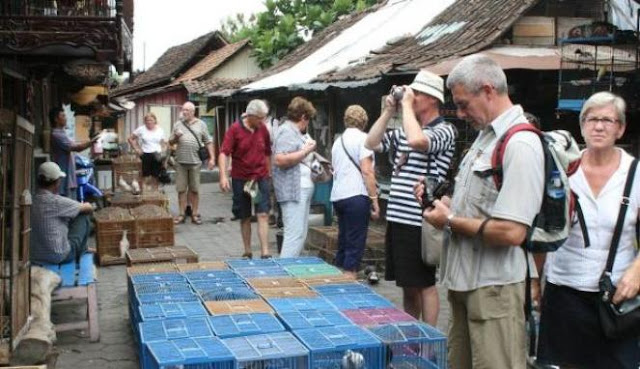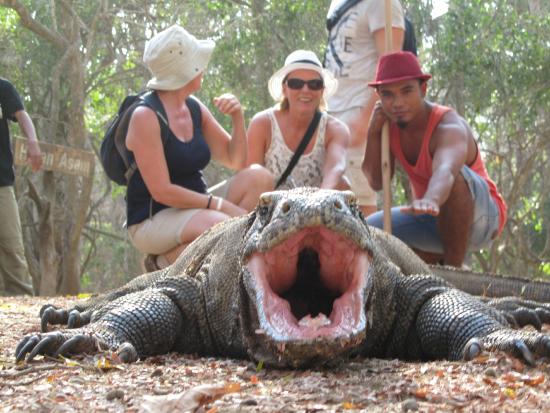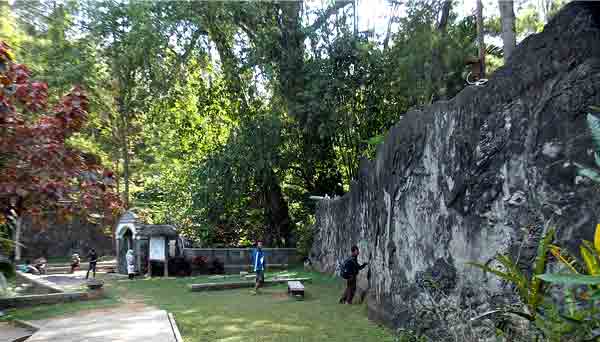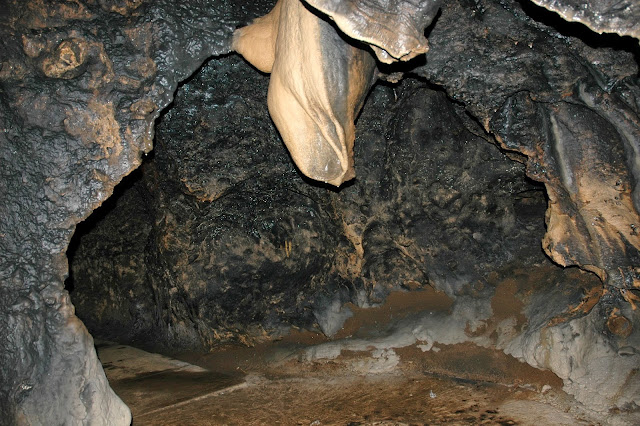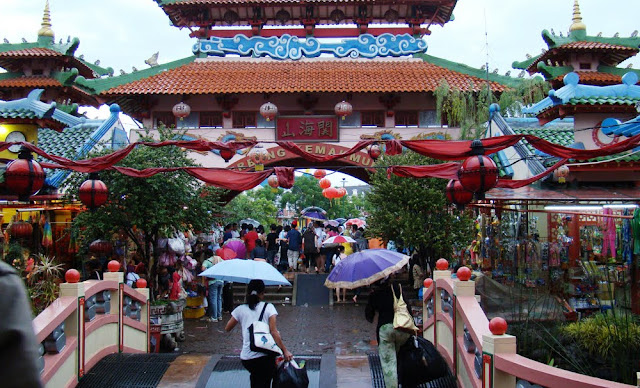Where the belief came from, when it was started, and why the Javanese noble men liked to raise birds, is still a mystery. The birds were usually the ones that had beautiful chirp, especially perkutut and other high selling price birds. However, the fact that raising beautiful chirp birds became tradition and that certain birds became the measurement of social status, had become special everyday life of Javanese people.
Thus, a bird market was built. As a bird market, Pasar Ngasem (Ngasem Market) has operated since 1809. This makes Pasar Ngasem the oldest bird market in Yogyakarta. But, that time, Pasar Ngasem had not yet been the center of bird trading, because the bird sellers were still spread all over the place in Yogyakarta.
Far after that, in 1960`s there was a policy from the city government that all birds sellers in Yogyakarta, including those who were in Pasar Beringharjo (Beringharjo Market) to move their business to Pasar Ngasem. Now, Pasar Ngasem is the center of birds trading. Besides perkutut, there are also kutilang, kepodang, emprit, prenjak, jalak, and parkit, that the buyers hunt or are sold out with high price.
Besides the historical and cultural values above, the market has a certain atmosphere making it different from the other bird markets. The chirps of hundreds of birds and the noise of the people inside the market can already be heard once visitors step their feet in front of the market. Besides seeing the trading activity, visitors can also listen to the conversation/transaction between the seller and the buyer which is done in Yogyakarta special terms. To understand the conversation, visitors can ask their guide to translate it for them.
In this market, visitors can enjoy a few shows held by bird lovers. Some of the shows are skill performance by pigeons to fly out and back in to the cage, and chirp competition of kinds of birds. Because of that show, the buyers are very impressed and interested in the birds and willingly pay no matter how much the cost. The sellers sometimes also train the birds to sing or chirp beautifully, and share some tips on how to raise birds.
Although Ngasem is a bird market, we can also find snakes, fish (at the west part), iguanas, dogs, cats, civets, rabbits, and roosters of all kinds there.
Just like any other traditional market, Ngasem also provides market snacks. One of the special snacks is jenang gempol (made of rice flour that tastes salty mixed with coconut gravy and sweet java sugar syrup) that can be found in front part of the market. Other snacks are getuk, lupis, thiwul, and gatot. Besides the bird kiosks, there are also food stalls (warung) that offer soto and nasi rames. Besides that, visitors can also find Yogyakarta special jamu gendong (jamu: tonic made of medicinal herbs. There are kinds of tonic, and each of them has special function. The sellers put the tonics in bottles inside a basket and carry the basket on their back around the market.





